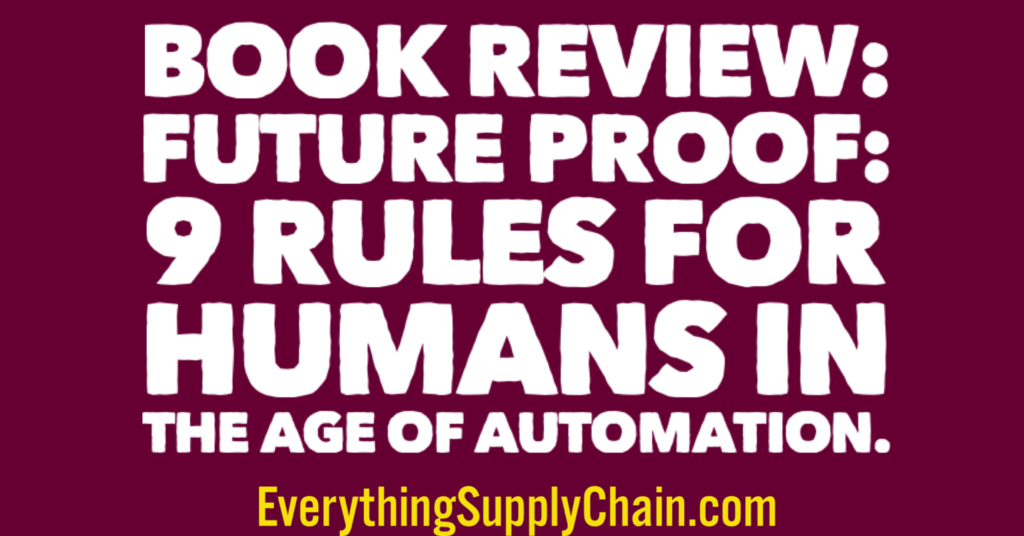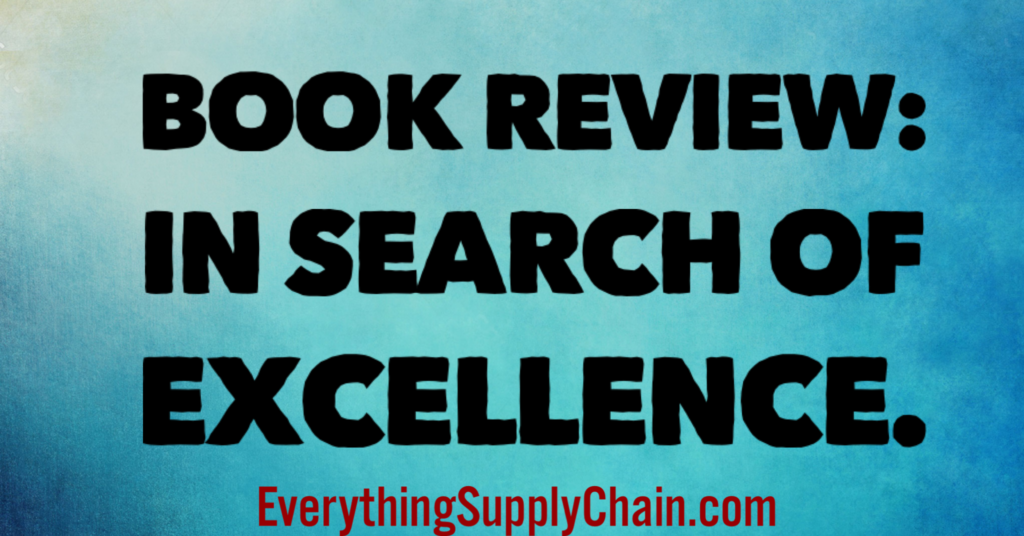Clayton Christensen on disruptive innovation. Impressive resume for sure. 40k views
Disruptive Innovation
The trend for disruptive innovation is only going to continue to increase. Companies like Uber and Airbnb are changing industries. Artificial intelligence, IoT and blockchain will have a huge impact on business.
Clayton Christensen is the father of disruptive innovation theory. He is an American academic and business consultant who developed the theory in the mid-1990s. The theory describes how new products or services can disrupt established businesses by offering a simpler, cheaper, or more convenient alternative.
Christensen argues that disruptive innovations often appeal to new or less demanding customers at the bottom of the market. As these innovations improve, they eventually move upmarket and displace the established players.
He identified two types of innovation:
- Sustaining innovation is aimed at improving existing products or services for existing customers. This type of innovation is often incremental, meaning that it makes small improvements to existing products or services.
- Disruptive innovation is aimed at creating new markets or serving existing markets in new ways. This type of innovation is often radical, meaning that it introduces new technologies or business models.
Christensen argued that disruptive innovations are often overlooked by established businesses because they are focused on sustaining innovation. This is because sustaining innovations are more profitable in the short term. However, disruptive innovations can eventually become the dominant players in a market, leaving the established businesses behind.
Christensen’s theory of disruptive innovation has been applied to a wide range of industries, including technology, healthcare, and education. It has also been used to explain the rise of new companies like Uber, Airbnb, and Netflix.
Here are some examples of disruptive innovations:
- The personal computer disrupted the mainframe computer market.
- The digital camera disrupted the film camera market.
- The online music store disrupted the music retail market.
- The streaming video service disrupted the cable television market.
- The ride-sharing service disrupted the taxi market.
These are just a few examples of how disruptive innovation has changed the way we live and work. The theory of disruptive innovation is a powerful tool for understanding how new technologies and business models can disrupt established industries.
Here are some of the key concepts of disruptive innovation:
- The value curve: This is a graphical representation of the value that a product or service provides to customers. The value curve is typically divided into two axes: performance and price. Disruptive innovations often offer lower performance than incumbent products or services, but they are also much cheaper.
- The chasm: This is the gap between the early adopters of a new technology and the mainstream market. Disruptive innovations often struggle to cross the chasm because they are not yet seen as being good enough for mainstream customers.
- The innovator’s dilemma: This is the challenge that established businesses face when trying to compete with disruptive innovations. Established businesses are often reluctant to adopt disruptive innovations because they are focused on serving their existing customers.
The theory of disruptive innovation is a complex and nuanced topic. However, it is a valuable tool for understanding how new technologies and business models can disrupt established industries.
Innovation Quotes
- “The reason why it is so difficult for existing firms to capitalize on disruptive innovations is that their processes and their business model that make them good at the existing business actually make them bad at competing for the disruption.” ~ Clayton Christensen
- “Smart companies fail because they do everything right. They cater to high-profit-margin customers and ignore the low end of the market, where disruptive innovations emerge from.” ~ Clayton Christensen
- “The secret of change is to focus all of your energy, not on fighting the old, but on building the new.” ~ Socrates.
- “A baby learns to crawl, walk and then run. We are in the crawling stage when it comes to applying machine learning.” ~Dave Waters.
Blogs on Disruptive Innovation
- Blogs on Autonomous Vehicles, Self-Driving Cars and Artificial Intelligence.
- Clayton Christensen on disruptive innovation.
- Collection of Supply Chain Automation Blogs (AI, Blockchain, IoT)
- Disruptive Innovation Explained.
- How startups like Uber and Airbnb changed rules of business.
- How to Spot Disruptive Innovation Opportunities.
- How Uber destroyed the NYC cab market.
- Seth Godin: How to get your ideas to spread.
- Supply Chain Innovation: Ways to Improve the Supply Chain.
- “The Innovator’s Dilemma” by Clayton Christensen – VIDEO BOOK SUMMARY.
- 3 Ways Elon Musk is Disrupting the Construction Industry.
WHERE GOOD IDEAS COME FROM. Be innovative. 3.6 million views.
50 Great Entrepreneurs share priceless advice. Jeff Bezos, Steve Jobs, Michael Dell, Mark Zuckerberg…
Apple Steve Jobs The Crazy Ones – THINK DIFFERENT
Book Review: “Futureproof: 9 Rules for Humans in the Age of Automation.”
Book Review: “Made to Stick: Why Some Ideas Survive and Others Die”
Book Review: In Search of Excellence.
















